Mountain biking has changed. In the early years it was about cross-country riding using existing bridleways and tracks and people rode full rigid bikes, which you could easily shoulder up a mountain. There were XC races and trailquest events like the Polaris Mountain Marathon. You'll still see those old bikes chained up at stations doing reliable service as commuters. At that time, late 80s, my brother and I came to mountain biking after years trudging up and down mountains on foot so we found the added speed and distance liberating and quickly became absolutely obsessed, to the point where we lived mountain biking and drove the rest of our family nuts. At that time you couldn't go very fast so most crashes were harmless low speed tumbles, thank goodness. Clothing was mostly old mountaineering stuff with road cycling shorts. My favourite kit was a smelly Helly Lifa top (still is) paired with Ron Hill Tracksters.
Then through the 90s suspension forks became common, first using polymers for cushioning then springs then air as the technology improved. Speeds increased as forks improved. Rim brakes evolved to the really superb Shimano XTR V brakes and then disc brakes took off, allowing greater speeds downhill in wet conditions. Rear suspension became common though there were lots of false starts with frame designs, shock absorbers and pivot bearings, which didn't do well in a wet British climate. Bikes got heavier but faster downhill, you no longer had to pick a route as you could rely on your suspension to carry you over most stuff.
Then 29" wheels began to appear. After a slow start they gradually became standard. By now you couldn't shoulder a mountain bike up a mountain but you had no need because the industry had found another way to monetise cycling with trail centres, which had cafés and even uplift at some. There is now a generation of mountain bikers who only ride downhill, fast, doing lots of damage when they crash and would never dream of buying an OS map, scoping out a route then sticking the map in a pocket and going out to ride. For them I guess it's about the thrill of the speed, the flow, the scene, the kit and the fashions.
But there are still many many off-road cyclists out there, quietly plodding around the countryside on bikes, enjoying a day out, not interested in trail centres, not bothered about wet and mud, exercising mountain crafts like route-finding and dealing with weather and nature. They just don't make a noise about it.







 MTBs are generally tougher,
MTBs are generally tougher, 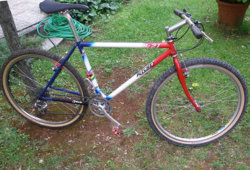
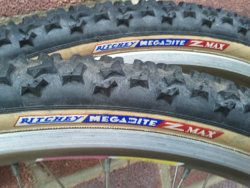
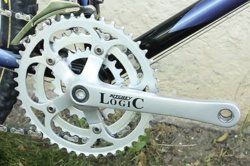
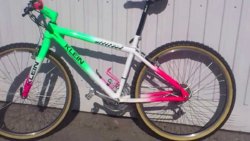
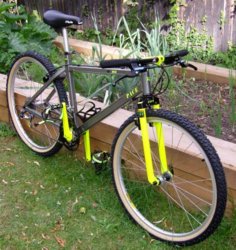
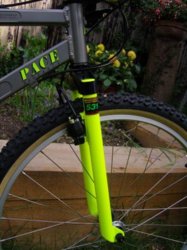
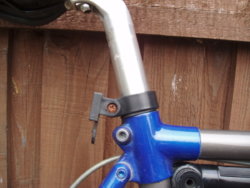
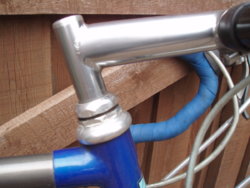
 .
.